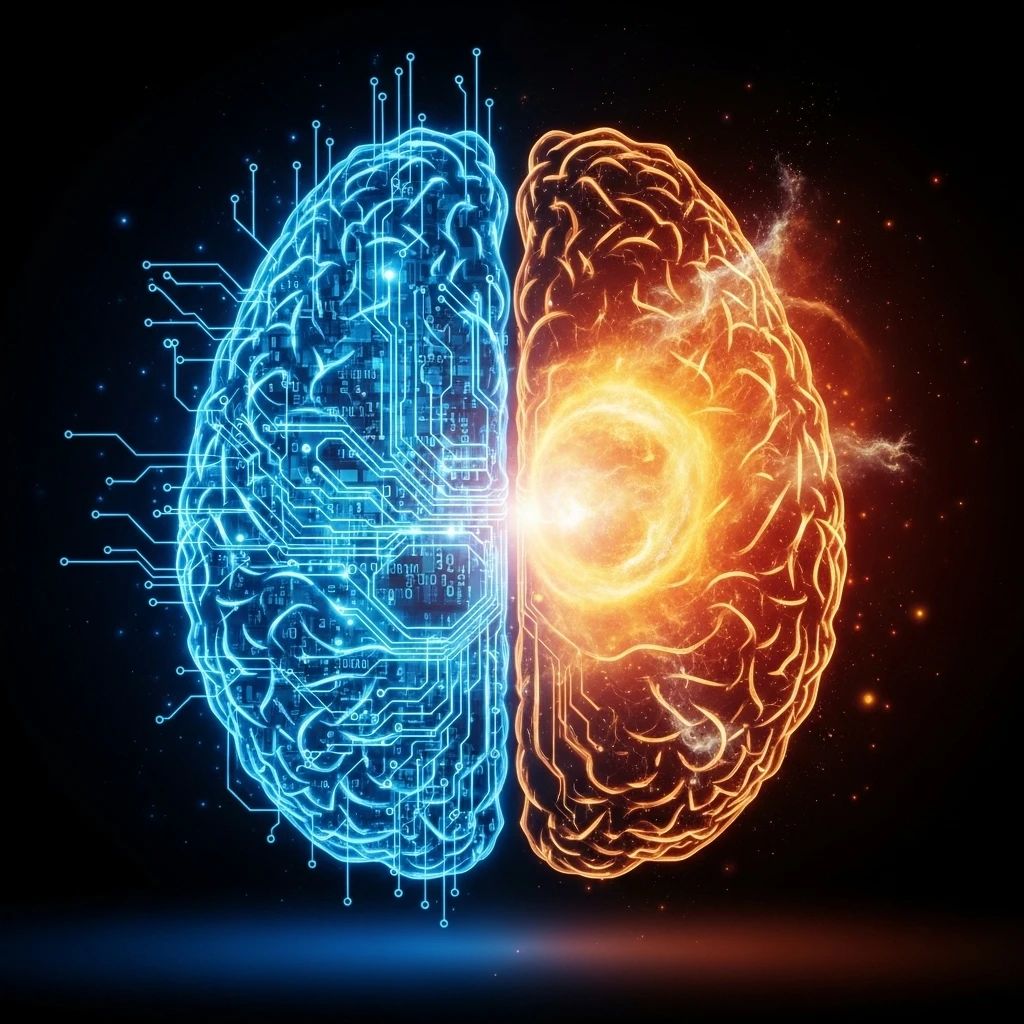
We cannot understand the world by reason alone, nor can we grasp truth by intuition alone. The human brain operates between two types of information: one is Shannon information—linear, consistent, yet meaningless; the other is Gödel information—nonlinear, complete, yet contradictory. This is the true underlying structure of the “organic computer.”
The Turing machine is the abstract prototype of the modern computer. It represents the foundation of computability theory and is a completely formal system. The essence of the Turing machine is a mechanical simulation of the human rational deduction process—step-by-step operations, state transitions, and arriving at a conclusion.
But Turing himself knew well: the Turing machine is incomplete. This stems from the striking conclusion of Gödel’s incompleteness theorem: in any formal system containing basic arithmetic, consistency and completeness cannot both be achieved. The Turing machine is precisely a machine that pursues “consistency.” For this reason, it is logically doomed to be incomplete. There will always be certain “true propositions” that cannot be proven within its system.
After realizing this, Turing proposed the concept of the Oracle Machine in his 1939 doctoral dissertation—a computational model that can “cross boundaries,” assuming certain problem answers are given by an “oracle” to help the Turing machine solve problems it cannot decide on its own.
The brain is different from the Turing machine—it not only possesses logical reasoning ability (i.e., the capability of a Turing machine), but can also intuitively grasp meaning and make creative judgments. Why?
Because the brain (or mind) processes two fundamentally different kinds of information:
Shannon information is “meaningless information” that prioritizes consistency; Gödel information is “meaningful information with contradictions” that prioritizes completeness.
The Turing machine, as the perfect container of Shannon information, can only handle deterministic problems that can be encoded. But in everyday life, the human brain goes far beyond this—
This suggests: the human brain must contain an “oracle machine structure,” capable of reading meaning from Gödel information. This is what we display in intuition, inspiration, and sudden insight—forms of “non-deductive reasoning.”
The brain can integrate both types of information because it uses electrical signals (processing Shannon information) and electromagnetic waves (processing Gödel information) for multi-channel computation.
Today’s artificial intelligence is still mainly built on the Turing machine, pursuing maximum compression and consistency optimization of Shannon information. It may play Go and write articles, but it does not understand meaning.
If we truly want to simulate consciousness, life, or even the mind itself, we must:

We can view the human brain as a multi-layered computational system: The Turing machine makes us precise, but the Oracle machine makes us human. And the essence of “consciousness” may be—the moment when Gödel information emerges as meaning within a dissipative structure.